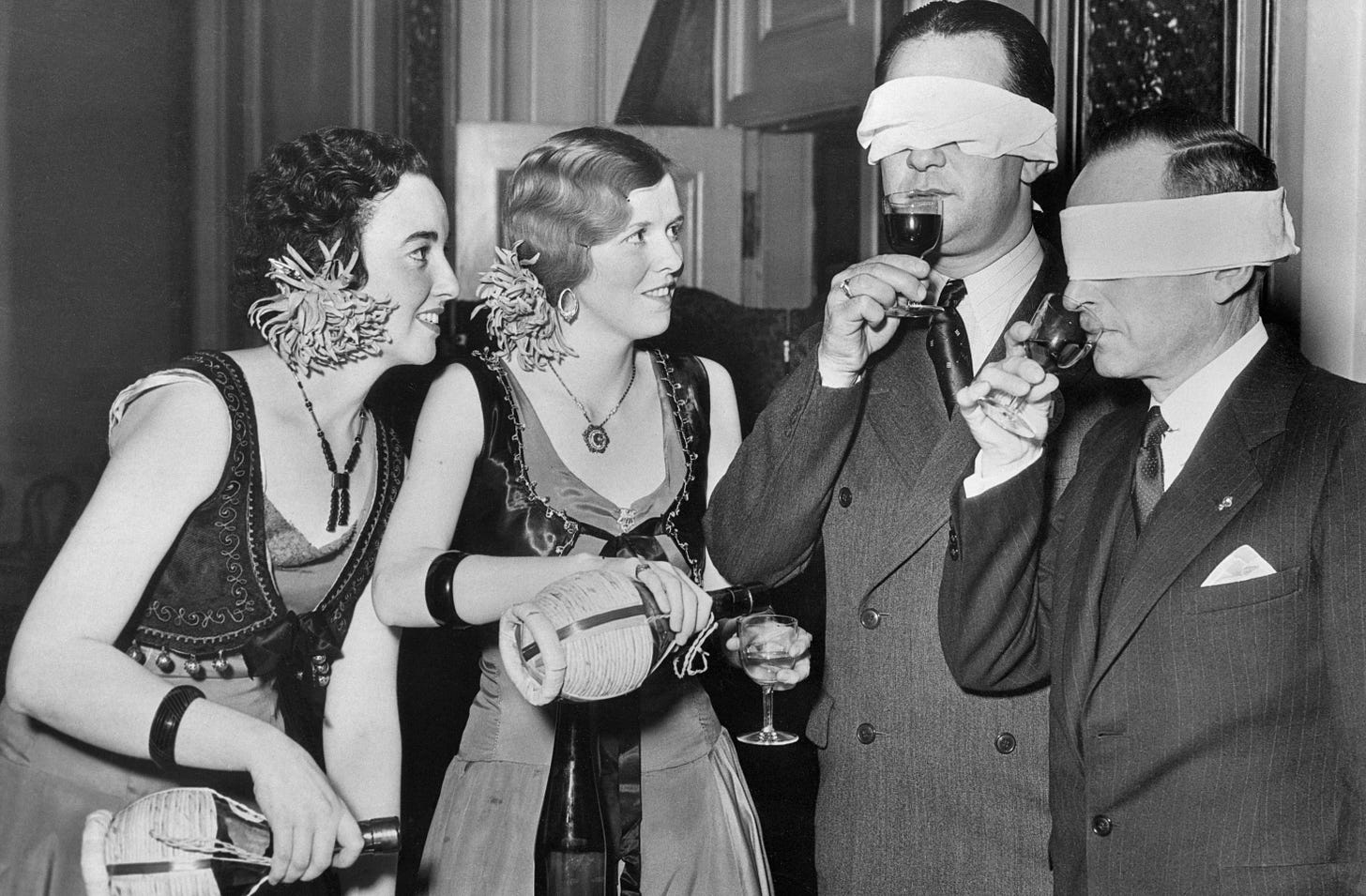In Vino, Very Unsure
How do we ever really get to know wine? Sometimes, maybe not knowing is okay.
Today’s newsletter is by our regular contributor Alexandra McInnis, who is co-creator of the Alpine Wine Society newsletter. Alexandra works at Crush Wine & Spirits in New York, and began her wine journey after a career in the film industry.


